Introduction to the flavor and taste characteristics of Yega Xuefei coffee bean producing area and Yega Xuefei G2 coffee bean grade
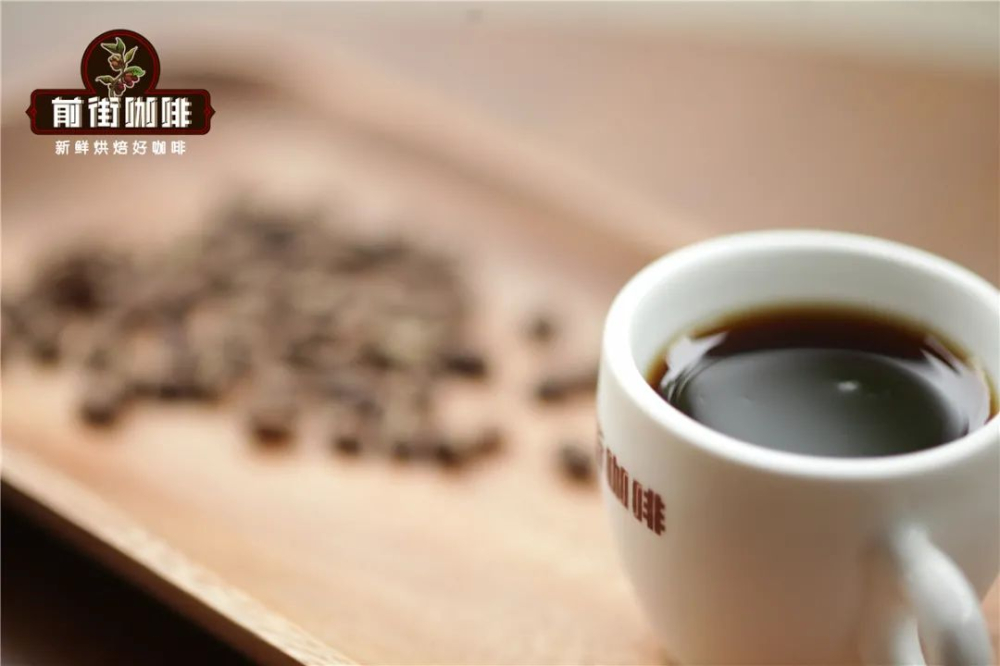
Even if you don't like sour coffee, regular coffee drinkers must have heard of Yega Xuefei. The so-called Yega Chuefei flavor is a bright aroma of citrus, lemon and jasmine, with aromas of white flowers in the mouth, mixed with rich sweet and sour fruit. Qianjie believes that this is the unique regional flavor of Ethiopian coffee, and the local climate makes the coffee with a unique fragrance, so the washed Yejassefi is included in the daily rations bean series, so that everyone can have a taste of the classic Yejassefi flavor.
An area that produces Yejasuffi coffee beans.
Coffee cultivation in Ethiopia is mainly in the western and southern regions, with small farmers accounting for 90% of the total cultivation, and nearly 1.2 million of small farmers make a living by growing coffee. The local coffee production system is divided into four types: forest coffee, semi-forest coffee, pastoral coffee and large plantations, of which pastoral coffee is the most common.
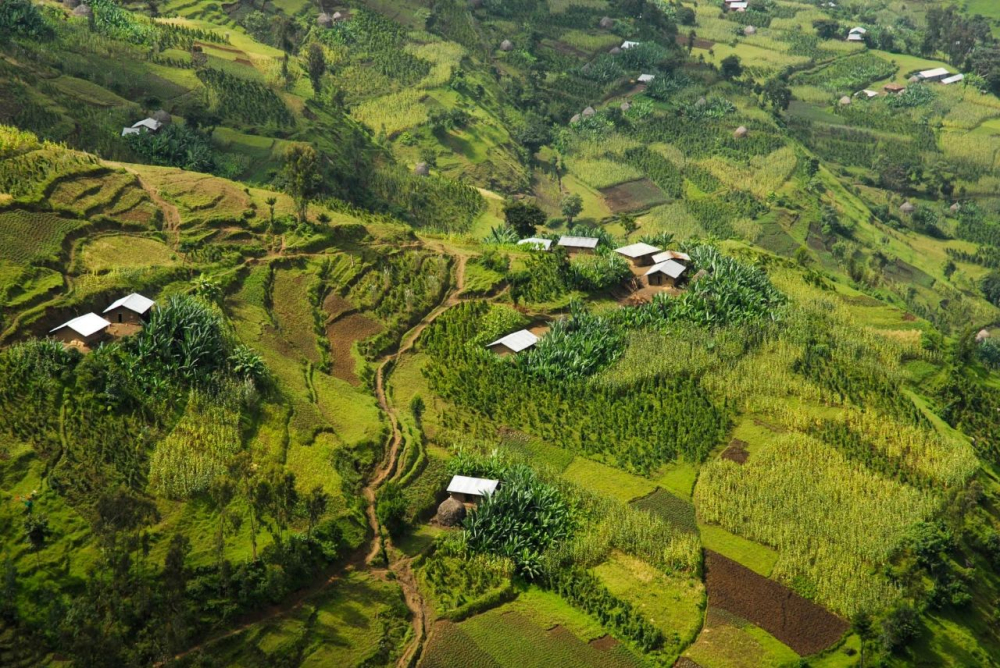
Due to the small output of coffee planted by small farmers, there will be local coffee cooperatives and processing plants, which are mainly responsible for the handling of raw coffee beans in the region. Farmers send their harvested coffee beans to a nearby treatment plant built on water for unified treatment, which will then be sold in the name of the treatment plant. The Yejashafi producing area is one of them. The name comes from the town of Yirgacheffe, which is located at an ultra-high altitude of 1700-2100 meters. Foggy during the day and spring all year round, coffee farmers will plant coffee trees in their backyard or in front of their fields. Strictly speaking, Yega Xuefei is a by-product area in Ethiopia's Sidamo province, located northwest of Sidamo. Later, because the coffee produced here has a unique flavor and is famous all over the world, it is independent from Sidamo and has its own school.
In order to promote the development of coffee industry, the Ethiopian government registered the flavors of three coffee producing areas (including Yirgacheffee ®) as commercial trademarks in 2004, and established the Ethiopian Commodity Exchange (ECX) in 2008. Coffee is one of the items auctioned by the exchange. The government classifies the quality and flavor of the country's exported coffee to ensure that buyers can buy coffee with trademark flavor. Yega Chefe-flavored producers include Yirgacheffe, Wenago, Gelena Abaya and Kochere.
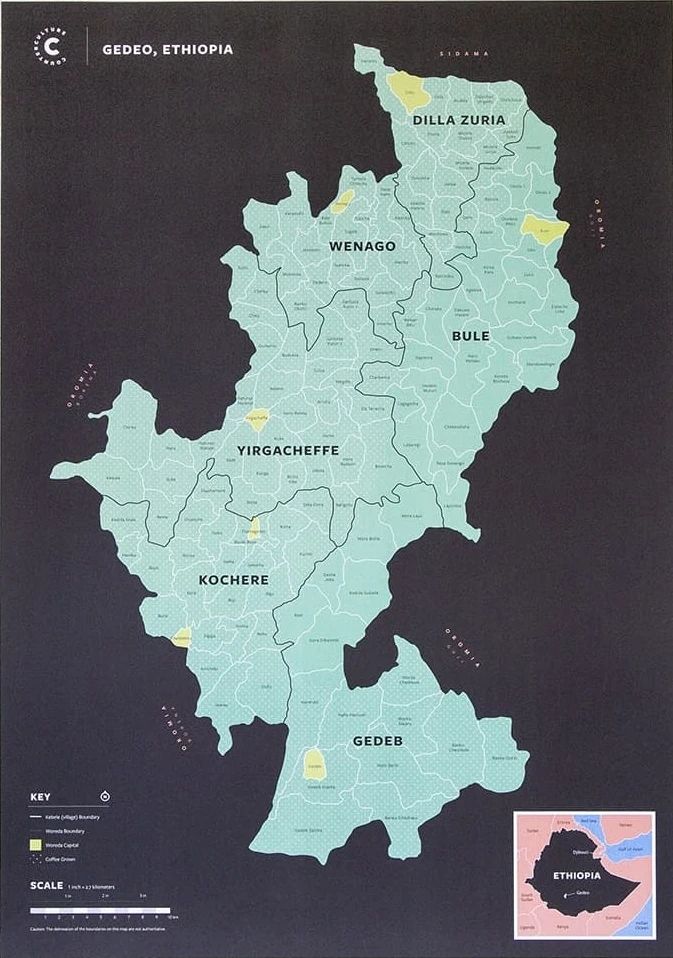
However, not all coffee from these four administrative regions can be sold with "Yejashafi flavor", because it needs to be certified by the Egyptian government to confirm that it has "Yejashafi flavor" before the trademark can be used. The Yega Chuefei rations beans on the front street are selected from the washed G2 grade Yega Chefe coffee beans.
What level is G2?
Ethiopian coffee raw beans are divided into two categories according to sun and water washing, and then divided according to the number of defects and cup test performance. In the Ethiopian coffee grading system, which starts with G and is divided into five grades, the smaller the number, the higher the grade. The G1 level requires no more than 3 defective beans per 300 grams of raw beans, while the G2 level allows 4-12 defective beans per 300 grams of raw beans. Due to manual selection before and after baking, the gap between G1 and G2 defective beans in the state of ripe beans will also be narrowed, so the G2 grade Yega Xuefei is a very cost-effective coffee bean.
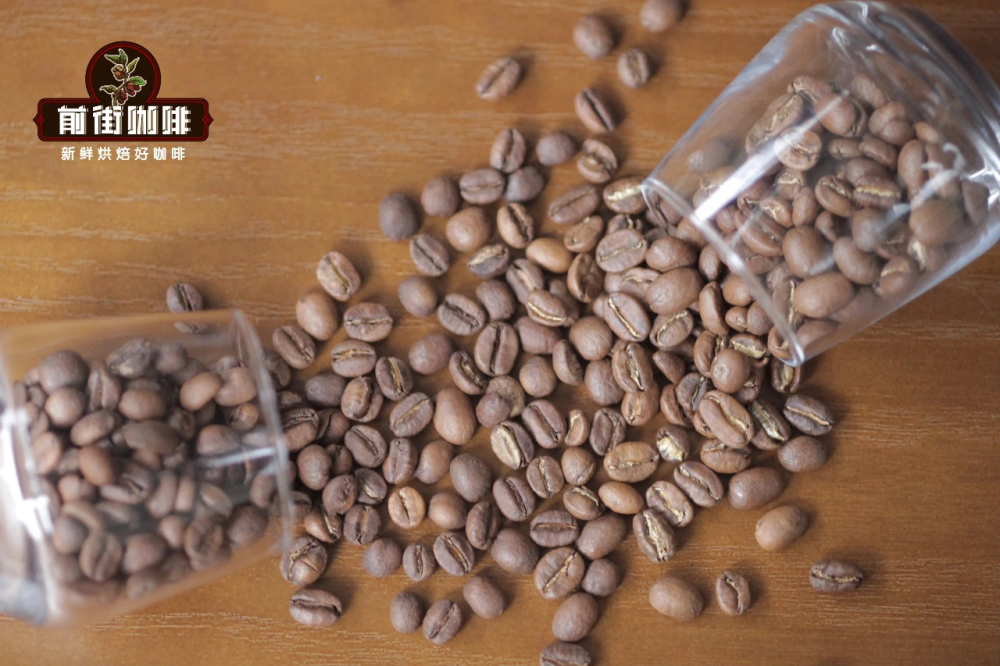
What is a native species?
Ethiopia, as the hometown of Arabica coffee, has tens of thousands of native species of Arabica coffee. Coffee is generally divided into three systems: small farmer planting, semi-forest planting and forest planting. Among them, the coffee trees planted in the semi-forest are generally wild varieties growing in the wild, and farmers will manage the coffee planting areas and plant other cash crops. Coffee native to Heirloom is usually identified and identified by growers based on years of experience, because the number of varieties is so large that it is almost impossible to test and verify them on a larger scale. At the same time, the local government wanted to protect these unknown varieties from practitioners from various countries, so they decided to name these varieties with "Heirloom".
Ethiopia is the birthplace of Arabica coffee, and its thousands of Heirloom species make it a unique producer. Heirloom native species are generally small particles, more round appearance, the shape will not be very uniform, mostly between 14-15 mesh, in the cup test often show elegant flower and fruit flavor, deeply loved by people.

Why did you choose the washed Yega Xuefei?
Yega Xuefei has such a distinct style, in addition to the inherent local conditions, a large part of the reason is due to the washing treatment technology introduced by the Ethiopian government from Central and South America in 1972.
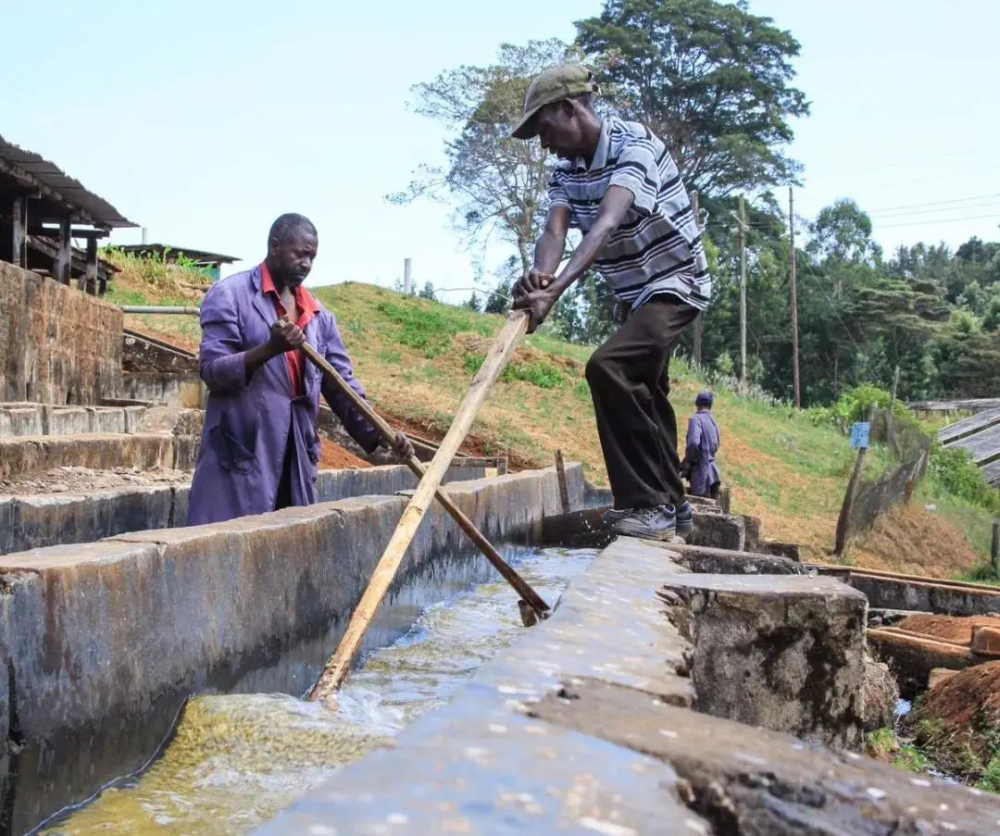
Farms that use the washing method must build washing ponds and be able to introduce an endless supply of running water, resulting in higher production costs. During the treatment, put the mellow beans into the pool and pass them back and forth, using the friction of the beans and the power of running water to wash the coffee beans until smooth and clean. Impurities and defective beans are removed in each step, so the quality of raw beans is more uniform, and the final transaction price is higher than that of natural drying coffee. Washing not only greatly reduces the defect rate of coffee, but also wins Yega Xuefei fresh citrus tone and elegant white flower aroma, with a bright, delicate and clean overall flavor.
Qianjie launched Yejiaxuefei rations beans is the use of water washing and medium-light baking, with the classic Yega Xuefei flavor, suitable for hand flushing, cold extraction, French kettle and other ways of cooking. Qianjie's rations bean series allows friends who have just come into contact with coffee circles to taste the basic flavor of the producing area at an affordable price, and the design of small packages can also avoid endless waste. If you want to taste the classic aroma of Yega Chuefei, Qianjie thinks the black coffee extracted by hand is the best.
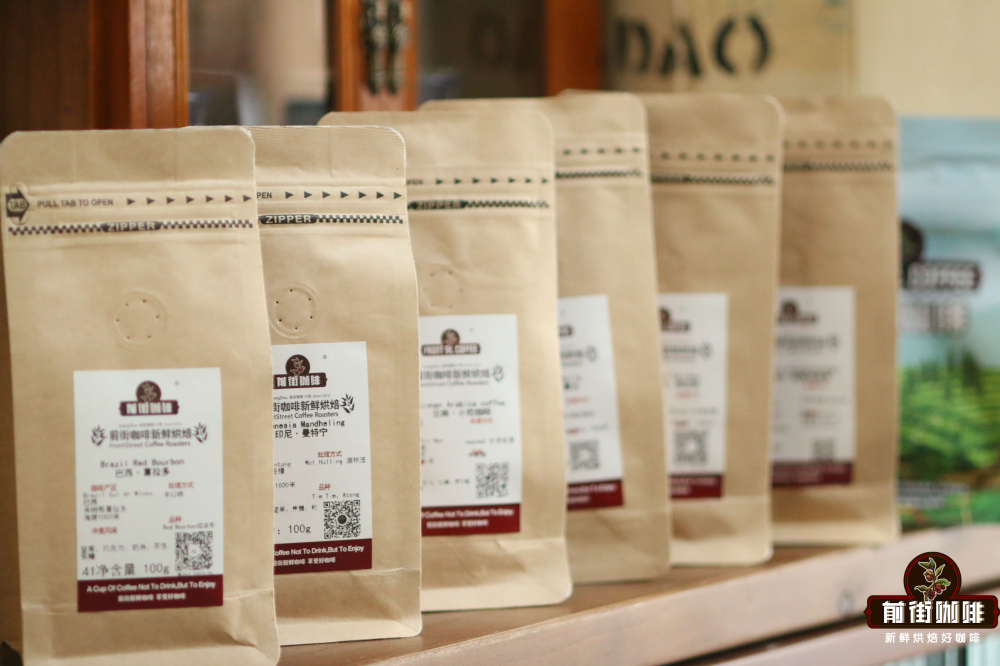
Cooking suggestion
Filter cup: V60 water temperature: 92-93 degrees Celsius powder: 15g powder-water ratio: 1:15 Grinding degree: fine sugar size (No. 20 sieve bowl sieve powder to 78%)
Three-stage water injection: wet the powder bed with twice as much water as coffee powder to form a drum and steam for 30s, then fill the small water from the inside to the outer circle to 125g, wait for the powder bed to drop to half of the filter cup, and continue to inject the same fine water into the third section to 225g, until all the coffee liquid has been filtered and remove the filter cup for about 2 minutes.
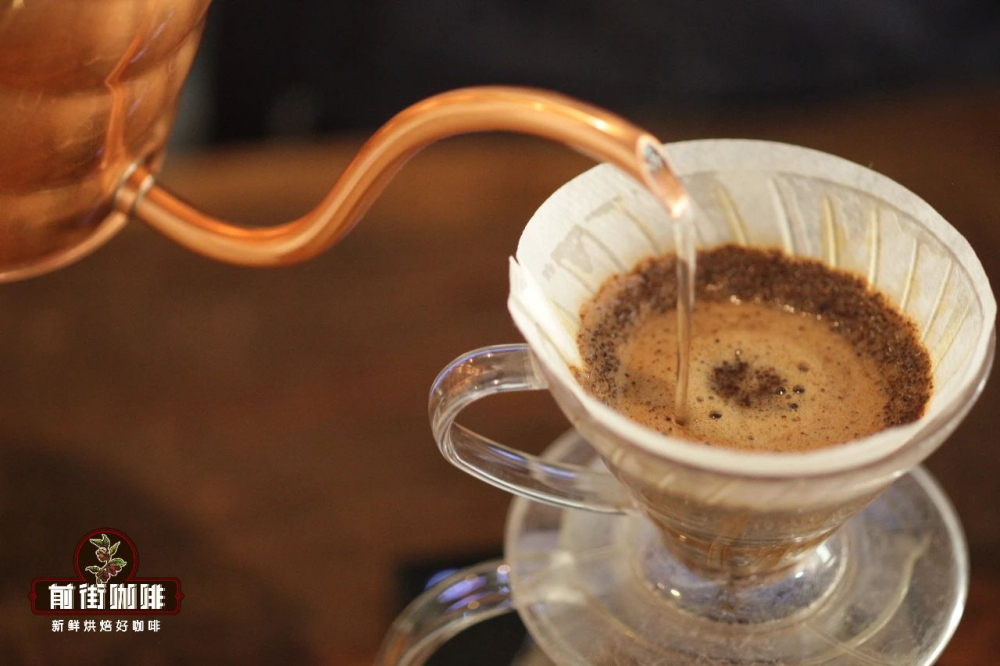
After being ground into powder, the washed Yejiaxefi rations bean coffee can smell the fragrance of honey and jasmine. After hot water is injected into the current street, it begins to give off a hint of berry flavor. The entrance of the black coffee is bright lemon, citrus and green tea. With the change of temperature, there are raspberry, cream and sugar cane aftertaste.
Professional coffee knowledge exchange more coffee bean information please follow the coffee workshop (Wechat official account cafe_style)
For more boutique coffee beans, please add private Qianjie coffee on Wechat. WeChat account: qjcoffeex
Important Notice :
前街咖啡 FrontStreet Coffee has moved to new addredd:
FrontStreet Coffee Address: 315,Donghua East Road,GuangZhou
Tel:020 38364473
- Prev
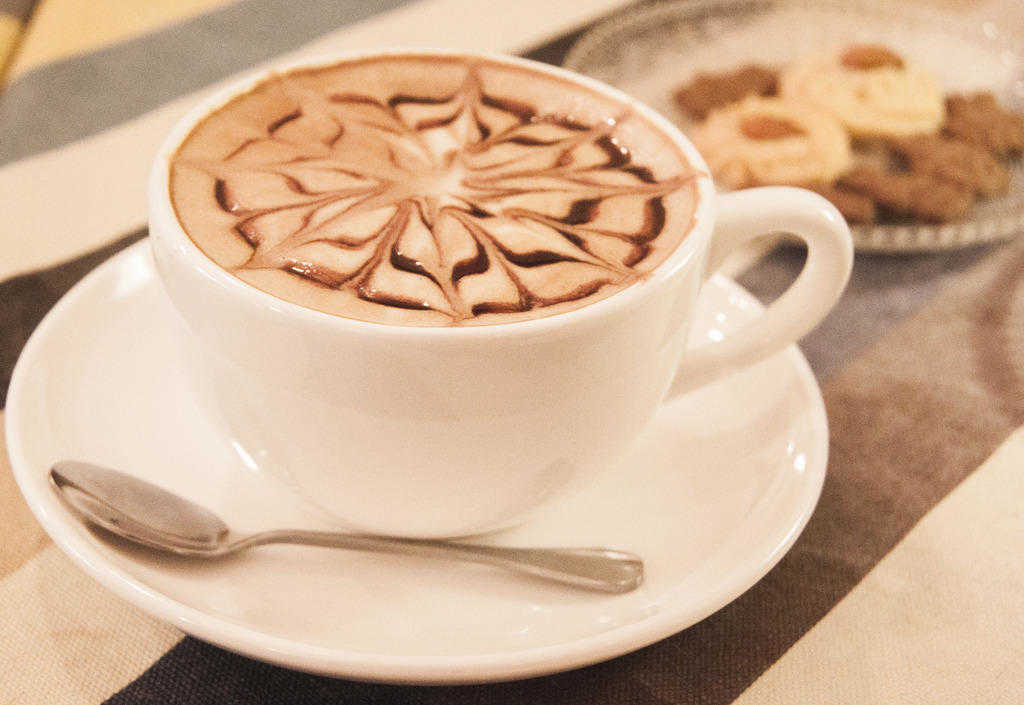
How to make Italian caramel macchiato coffee, macchiato coffee introduction
Weixin Official Accounts vdailycom found that Meimei Cafe opened its own shop English name: caramel macchiato Chinese name: caramel macchiato Features: Originally this was one of Starbucks 'drinks, adding espresso and vanilla syrup to milk. Then add a layer of caramel. Suitable for people: very suitable for girls to drink. Preparation materials:
- Next
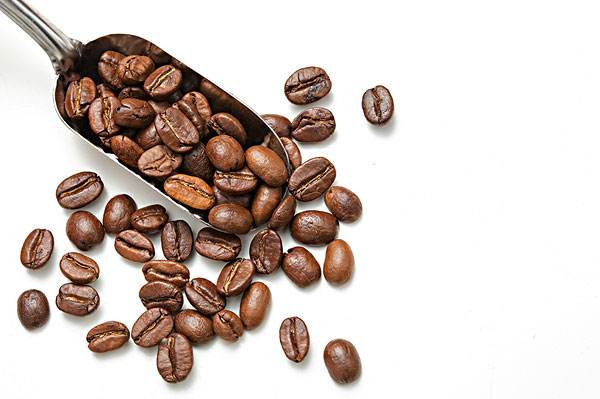
Yejia Xuefei Coffee introduction, washing Yega Xuefei hand flushing experience
Follow the caf é (Wechat official account vdailycom) found that the beautiful cafe opened a small shop of its own, Yejasuefei is a small town, 700-2100 meters above sea level, which is synonymous with Ethiopian boutique coffee. It has been a wetland since ancient times. The ancient saying "Yirga" means to settle down and "Cheffe" means a wetland. The mode of production and flavor of coffee here are so outstanding that Ethiopia
Related
- Detailed explanation of Jadeite planting Land in Panamanian Jadeite Manor introduction to the grading system of Jadeite competitive bidding, Red bid, Green bid and Rose Summer
- Story of Coffee planting in Brenka region of Costa Rica Stonehenge Manor anaerobic heavy honey treatment of flavor mouth
- What's on the barrel of Blue Mountain Coffee beans?
- Can American coffee also pull flowers? How to use hot American style to pull out a good-looking pattern?
- Can you make a cold extract with coffee beans? What is the right proportion for cold-extracted coffee formula?
- Indonesian PWN Gold Mandrine Coffee Origin Features Flavor How to Chong? Mandolin coffee is American.
- A brief introduction to the flavor characteristics of Brazilian yellow bourbon coffee beans
- What is the effect of different water quality on the flavor of cold-extracted coffee? What kind of water is best for brewing coffee?
- Why do you think of Rose Summer whenever you mention Panamanian coffee?
- Introduction to the characteristics of authentic blue mountain coffee bean producing areas? What is the CIB Coffee Authority in Jamaica?

